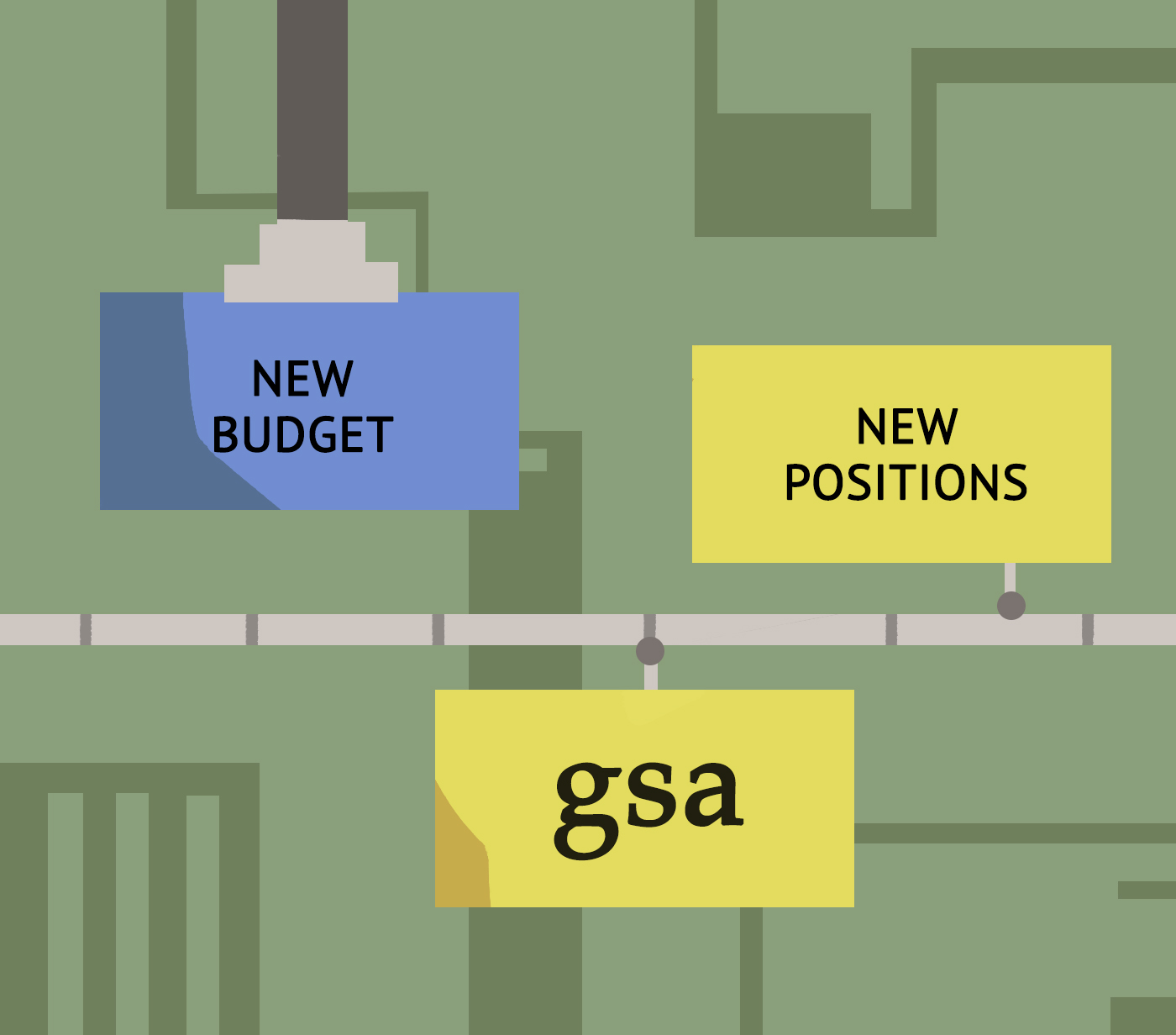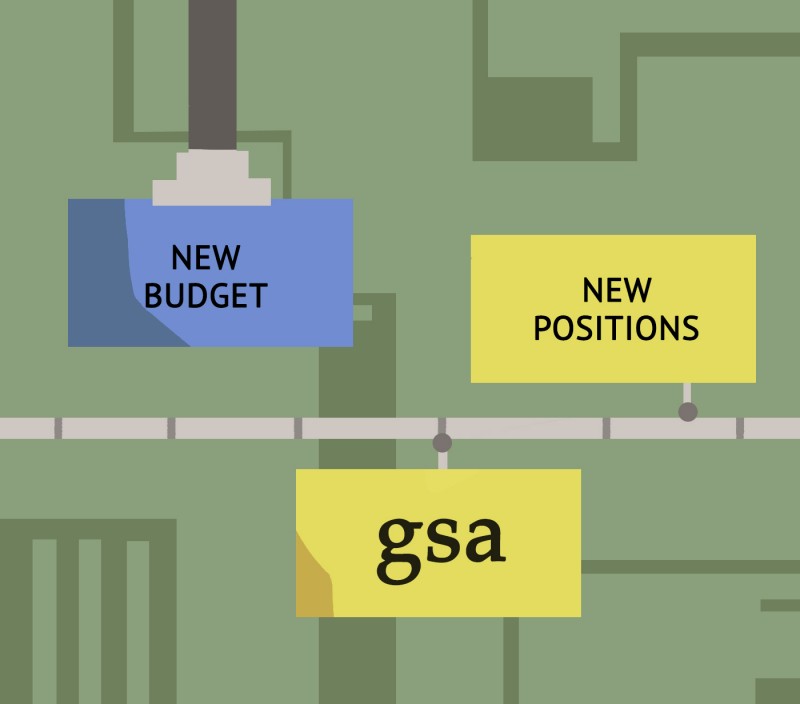GSA to shake up executive structure

President Robert Bruce has prompted plans to reevaluate the current layout of the organization

Big changes are in the works for the Graduate Students’ Association at Wilfrid Laurier University.
The organization has plans in the works to reorganize the structure of the association, which would also involve a change in the budget.
Robert Bruce, president of the GSA, explained that part of what’s prompting the change is concern that was voiced by students via the “Transparent Thursday” posts the GSA makes on social media.
A post made public to students said that 68 per cent of the organization’s budget goes toward staffing costs.
“Essentially, the feedback we got from students was that they wanted to see that be reduced,” Bruce said.
He continued that he had already been working on the idea of how the structure of an organization that “works off of the voices of students” would look, as opposed to the current hierarchal structure where it is up to the president to isolate what projects they want to take on.
How much of the budget dedicated to staff will be reduced hasn’t been finalized, but Bruce had some numbers in mind.
“Over a 10 per cent reduction would be nice,” he said. “15 would be fantastic.”
In preparation for these changes, the GSA will be running pilot projects over the next few months to see if Town Halls, a feature they are looking to add in to help with student engagement, will be successful.
“Then we can move forward with that idea and I can present that to the board to show that I’ve done my due diligence, I’ve done the pilots, I’ve found that this works better than what we’re doing now and we’re really changing the organization,” Bruce said.
Part of what Bruce is trying to change with the new hierarchal structure is the disconnection that occurs between each fiscal year as a new president comes in with a new set of goals.
In the past, presidents have come in with specific projects in mind, he said.
“If presidents aren’t having their time consumed with these projects, there’s so much more they could do for the membership,” Bruce explained.
Instead, students will have more input into what is being focused on year to year.
But this will mean that positions are going to have to change.
The new structure would reduce the hours that go to the executive level, will increase the number of hours given to the support positions and the number of volunteer positions.
“I believe I’m the third full-time president of the organization and that’s a good trial run to show that the president of the GSA doesn’t need to be a full-time position,” he explained. “Especially if we move to a structure that’s supporting the longevity and sustainability of our organization as opposed to one-year projects.”
Another aspect Bruce is aiming to work into the new budget is to have a reserve of money put aside for emergency situations.
“If you’re doing one-year projects year after year, you could very quickly end up getting into the red and into debt,” he said.
“Because you’re not thinking about how are we going to sustain this next year.”
Bruce explained that having a reserve of money would help ensure this doesn’t happen.
However, this will have to be presented to the board before it can be incorporated.
Reorganizing the hierarchy of the organization will also help resolve one of the issues unique to the GSA, which is that they have a faster turnover of students.
While undergraduate students are usually on campus for four years, a large portion of graduate students are in one-year programs.
“It does come back to giving the students the power to let them have the opportunity to voice their concerns of what was happening in their program and what they could have benefited from and where there are gaps, what did we not provide.”
There are many levels which these changes need to take place, but the completed model will take effect on May 1.
“I’m really hoping the changes that we make will really influence the campus in the right way by providing students that first line of communication to voice their concerns and their problems, and to really build the graduate student experience around what they want and what they need,” Bruce concluded.


